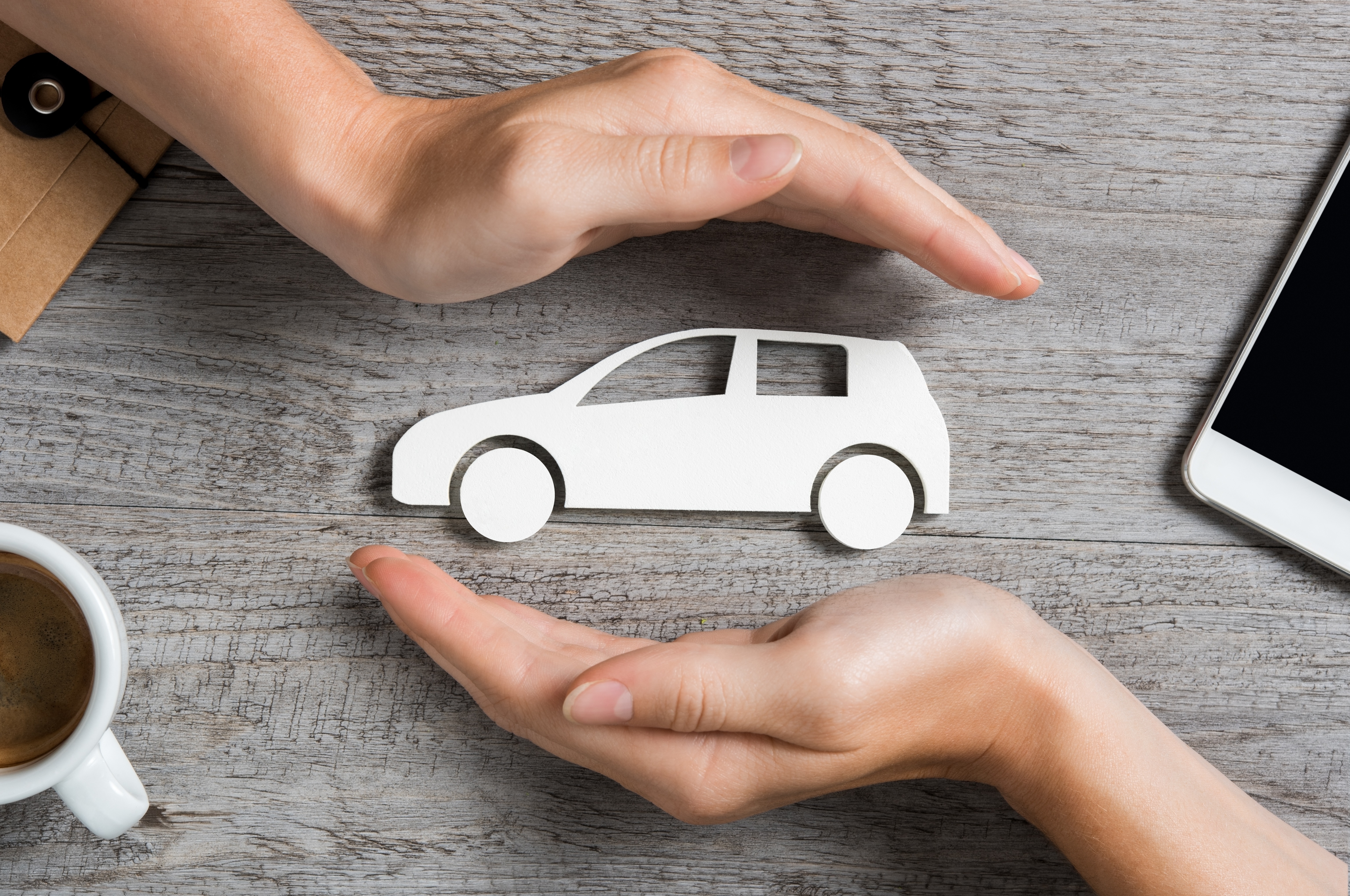In Montana, you have to be able to present proof of insurance for at least the following bare minimum:
- $25,000 bodily injury to or death of one person in any one accident and subject to the limit for one person;
- $50,000 because of bodily injury to or death of two or more persons in any one accident; and
- $20,000 because of injury to or destruction of property of others in any one accident.
But let's break down the legal jargon for a minute.
Liability coverage is going to go toward your legal responsibility to others if they’re injured because of you or their property is damaged. Property coverage will pay for damage or theft of your car or someone else if you’re at fault. Medical coverage is just what it sounds like, but also can include compensation if you or someone else is injured and can’t work, or, worst case, funeral expenses. If it sounds a little dire, that’s the idea. It’s always better to have insurance and not need it, rather than need it but not have it.
And that’s the thing—getting the bare minimum can work for some people, but if you want to be protected from just about anything, it pays to go a little further. So if those are the basics, what do some of those other terms mean?
Collision
If someone hits your car and doesn’t stop or leave a note, you don’t want to be on the hook for that. While collision isn’t typically required by law, it’s a good idea to have it. That’s what keeps you covered for those wacky situations you can’t plan for.
Comprehensive
This is what’s going to help you out with damage that comes from something other than a collision—floods, trees, hail, that kind of thing.
Liability
As we mentioned earlier, liability coverage is required by law, at least in some amount. This is going to help you out if you’re responsible for the accident. But what if the damage winds up costing way more than what the state minimums are? That’s when it helps to set your plan a little higher.
Uninsured/Under-Insured Motorist
We’ve spent most of the time talking about you and your insurance, but what about the other guy? If the accident isn’t your fault, but the person who hit you doesn’t have enough (or any) insurance to cover the damage, then you’re out of luck unless you opt for uninsured/under-insured motorist coverage.
Rental Coverage and Roadside Assistance
This is where insurance really gets personal. Maybe you have another car you can use, so having yours out of commission for a while wouldn’t be a problem. Or maybe you have access to roadside assistance through AAA or a similar service. But if having your car in the shop for a week with no way to get around, or being stranded on the side of the road with no one to call, sounds like a nightmare to you, including a rental car and roadside assistance in your insurance coverage might be a good call. Because you just never know when you’ll need it.
When it comes to keeping you and your car safe, there are lots of options for your car insurance. Now that you know the what's what, you can pick the insurance policy that is best for you.
If you enjoyed this article, you'll enjoy these related blogs:

